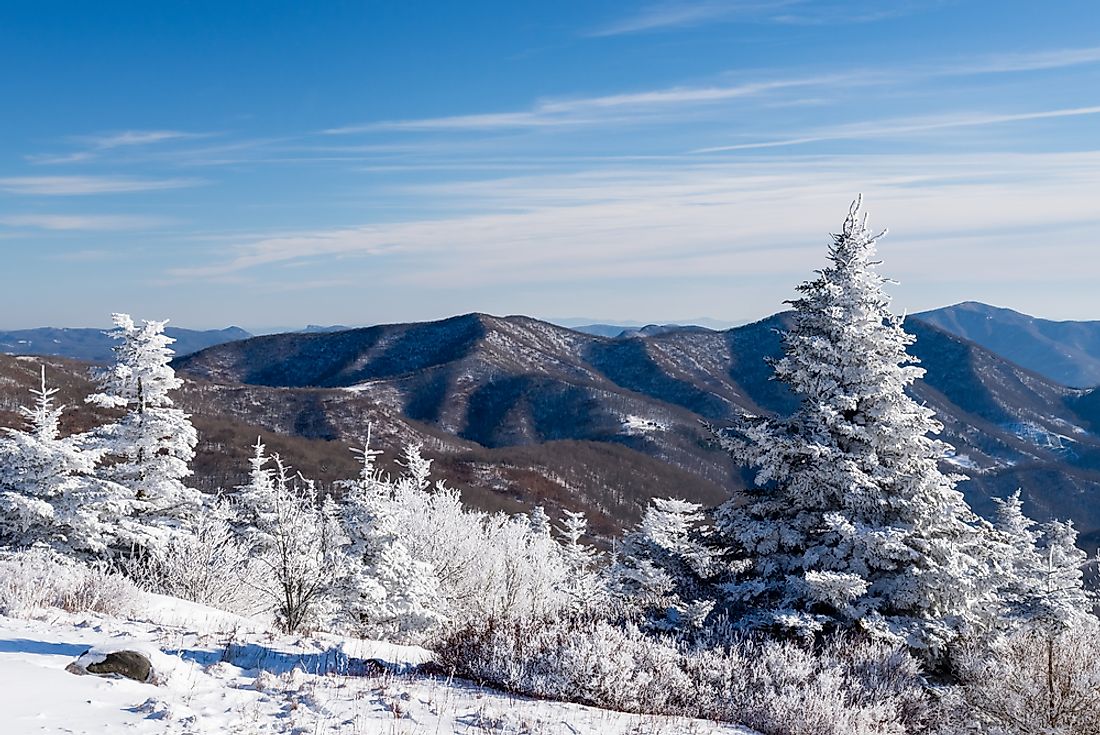Does It Snow In Tennessee?

Tennessee is a state in the southeastern United States. For the most part, the state experiences a humid subtropical climate aside from areas with higher heights like on the Appalachians. The areas with higher altitudes have a climate that is described as humid continental or mountain temperate due to the cooler temperatures. Most of the climate in the state is influenced by the Gulf of Mexico while the precipitation is mainly affected by winds blowing from the south.
In most parts of Tennessee, the summers are hot while the winters are mostly mild or cool. Winter and spring months are accompanied by more average rainfall than other months although the annual average precipitation is not that low (about 50 inches). Despite having a warm climate, for the most part, the state of Tennessee also experiences snowfall of about five inches annually in West Tennessee. The higher mountain regions experience a more significant amount of snowfall at about 16 inches every year.
Snow and Human Activities
Snow in Tennessee is varied from region to region. For example, in 2016, the city of Nashville got about 10 inches of snow while Memphis managed an average of about 5 inches. In 2017, Nashville experienced much less snowfall of only 2 inches while Knoxville managed to get 4 inches. On average, Nashville also gets about 3 or 4 storms every winter that further aggravates the snow conditions. These varying amounts of snowfall have impacts on human activities in the state, which is actually exacerbated by the fact the people of Tennessee are not accustomed to dealing with snow.
Another thing that makes the snow season difficult for people is how the snow is formed. In the northern parts of the United States, the ground becomes a hard frozen surface during snowing time. However, in Tennessee, the formation starts out with freezing rain, which creates a thin layer of wet and slippery ice on the ground.
All these reasons make the snowing season a dangerous time for everyone using the road. For example, drivers are more likely to have their vehicles slide off-road and end up causing death or injury to people. The situation becomes even more dangerous in areas where there are pedestrians using the road and a vehicle happens to skid. In 2017, the treacherous conditions even caused a school bus to slide off the roadway.
To deal with this situation, the state government usually comes up with a number of initiatives to remove the ice. One such initiative involves the scraping of the roads. In some cases, the roads are also salted to prevent the accumulation of the snow. However, these initiatives mostly target busy roadways and ignore smaller roads, especially close to residences. Even the initiatives to clear major roads are not enough as the efforts mostly target intersections. Luckily, the snow only lasts for a few days before melting.
Aside from affecting transport, snow affects the business aspect of the state. During snowing, most businesses come to a standstill. Most people are afraid of a repeat of the 1993 storm that accumulated about two inches of snow in one night.











